The Citroen Lacoste concept car was born following some of the principles that have guided design and architecture over many years: truth to materials; less is more; form follows function.
They are sayings that have found most favour in architecture. French architect Le Corbusier believed that a house was “a machine for living in”. And while he might have been happy with his tiny plywood ‘cabonon’ holiday cabin, the rest of us could have done without the giant tower blocks and soulless concrete estates his disciples built.
An architect only has one customer, and needs only to convince his client once and the design gets built. A car maker has to convince thousands of customers every month to make the second biggest investment of their lives.
The upshot is that the car industry was never invaded by pure modernist thinking, because it has to reproduce its expensive designs hundreds of thousands of times. The look of a car remains one of the most important reasons for purchase: its form doesn’t follow function, its interior doesn’t practice truth to materials and less is certainly not more.
Celine Venet is a 34 year-old stylist with PSA, who designed the Citroën Lacoste concept in 2010. She describes the philosophy that as a car, the Lacoste “doesn’t take itself too seriously; it is not something it isn’t.”
Citroen 2CV and Land Rover
In that respect Venet is invoking a previously travelled path for car design. There have been a few attempts to build a modernist car and many designers would like to realise a car whose form really does follow function. The cars that come closest are the ones which had a serious function, such as the Citroën 2CV and original Land Rover.
More recently, only the original Fiat Panda – with its flat glass, hammock rear seat, single wiper and pressed steel grille – got near to a true modernist car.
The Lacoste might well point the way towards a new kind niche of car, designed by a younger generation of stylists for a new generation of car buyers for whom the car is a means to an experience. The Post-Modern car may be around the corner, but not in the way we might have expected.
Work started with the Lacoste design team – which is located in central Paris – at the end of 2009 and the Lacoste was ready nine months later. “At Citroen we were not looking at retro,” says Venet. “We have a philosophy of laidback spirit – something that is easy to drive and easy to care for, easy transportation which delivers nice memories.”

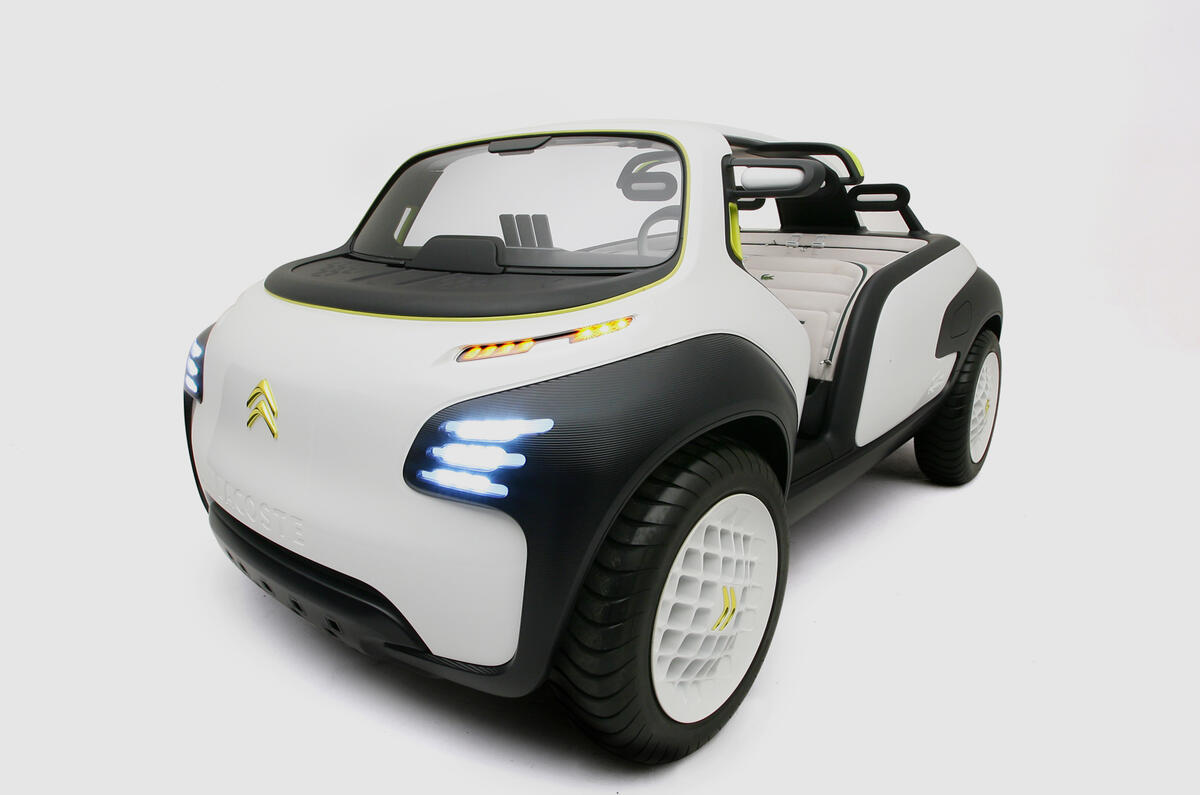

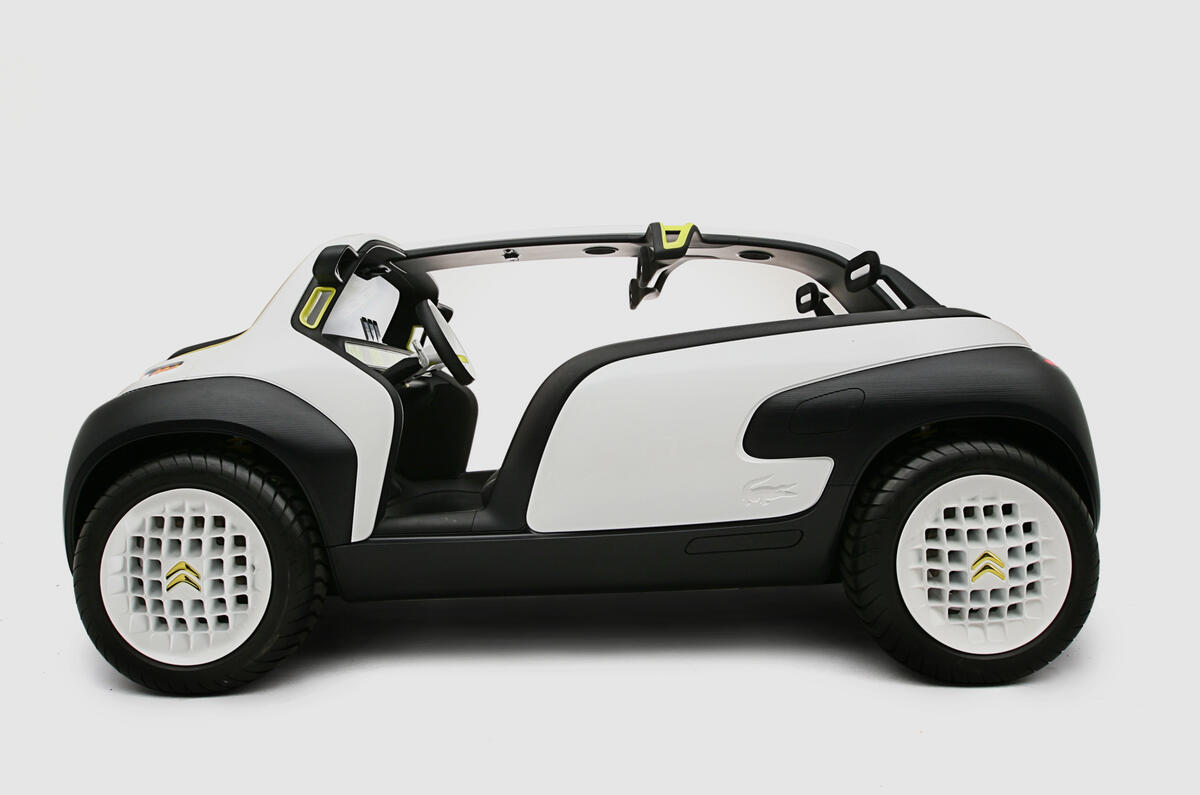
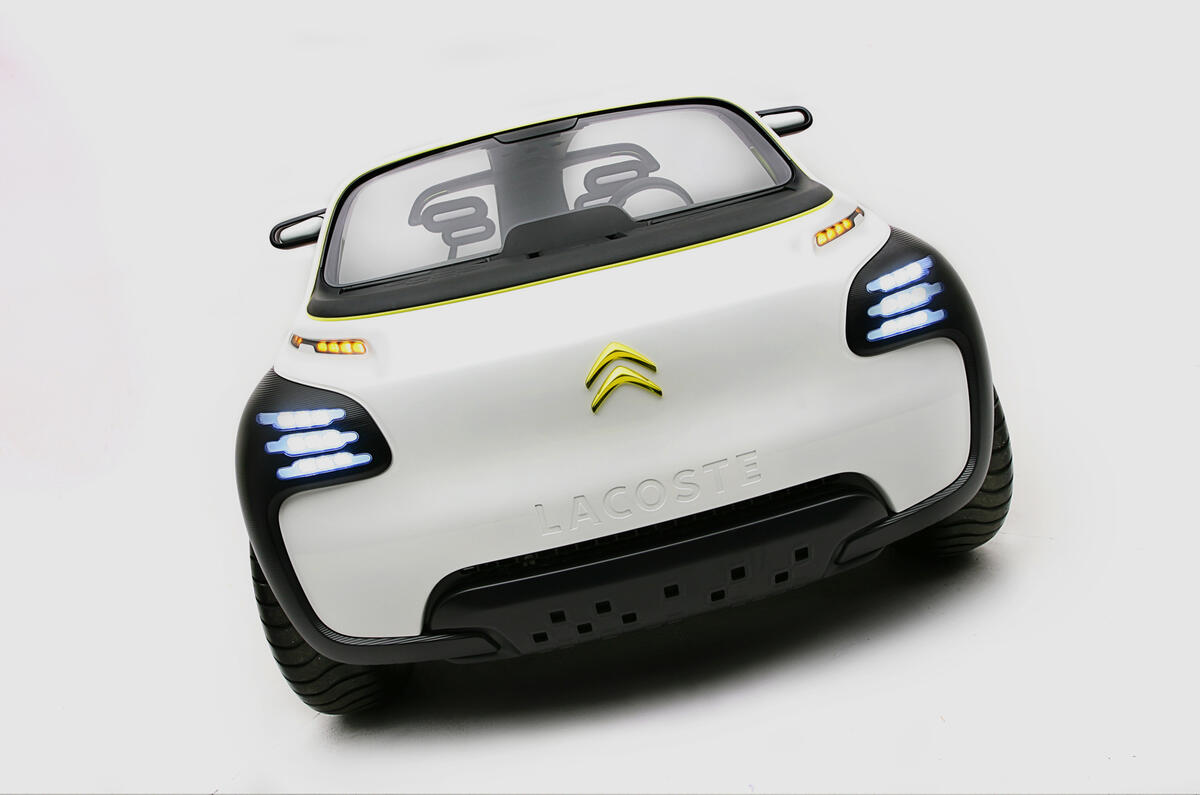
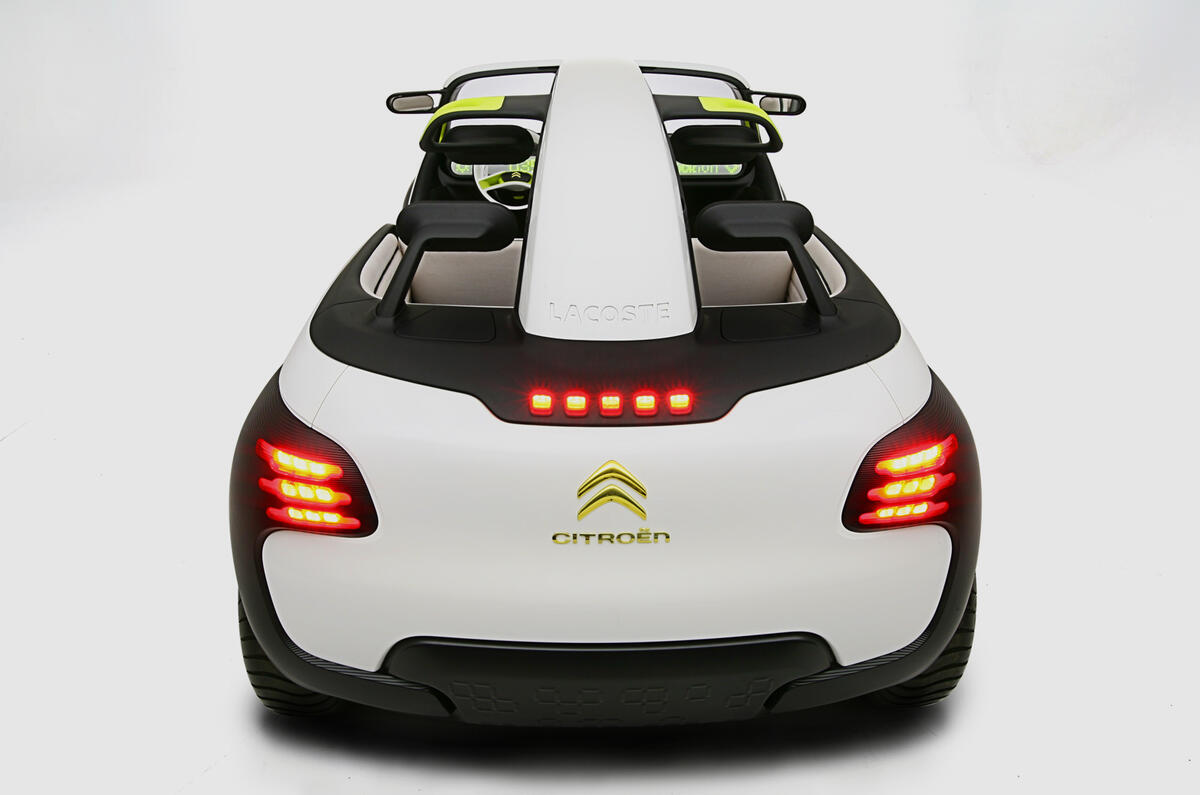
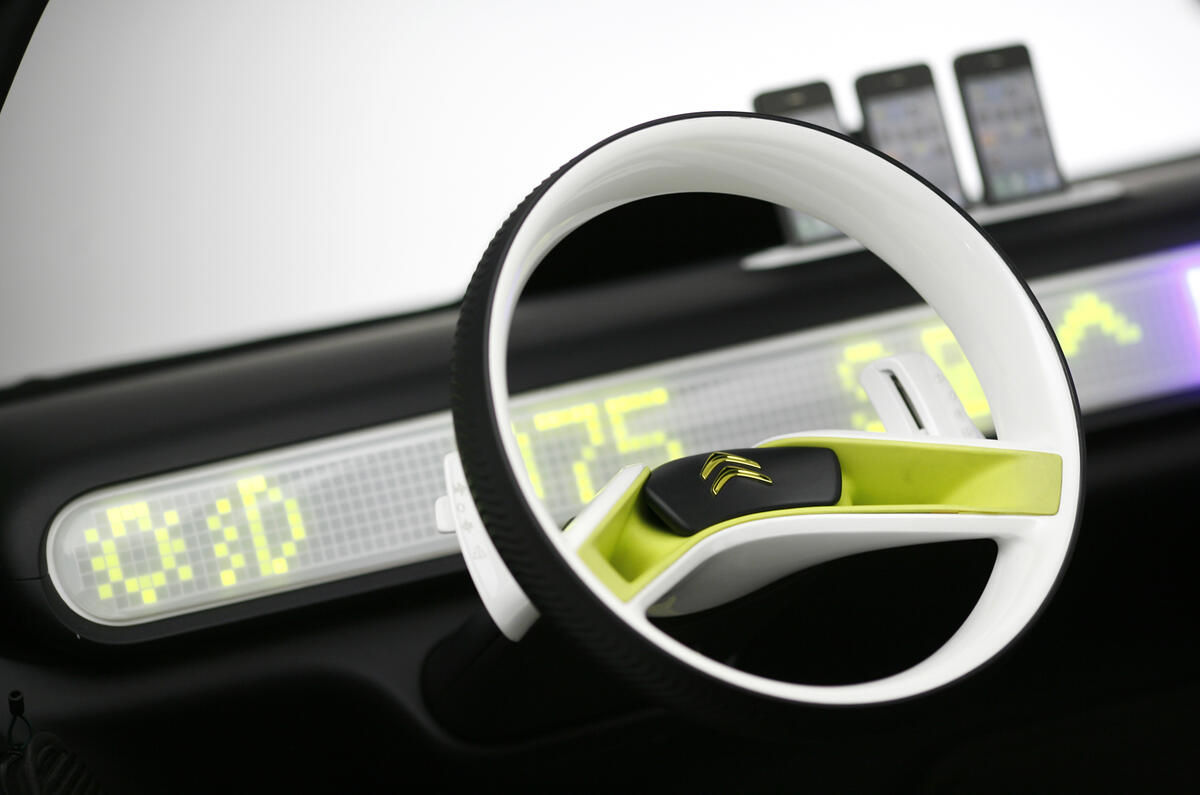


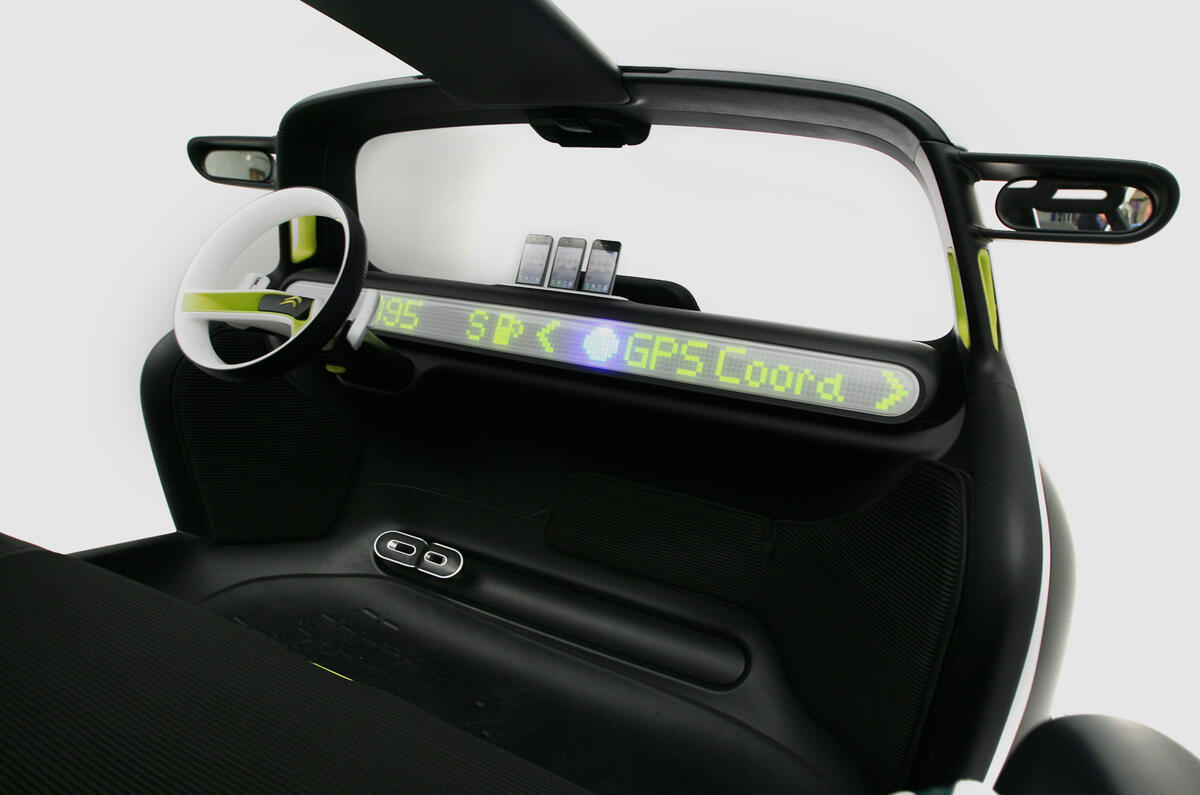
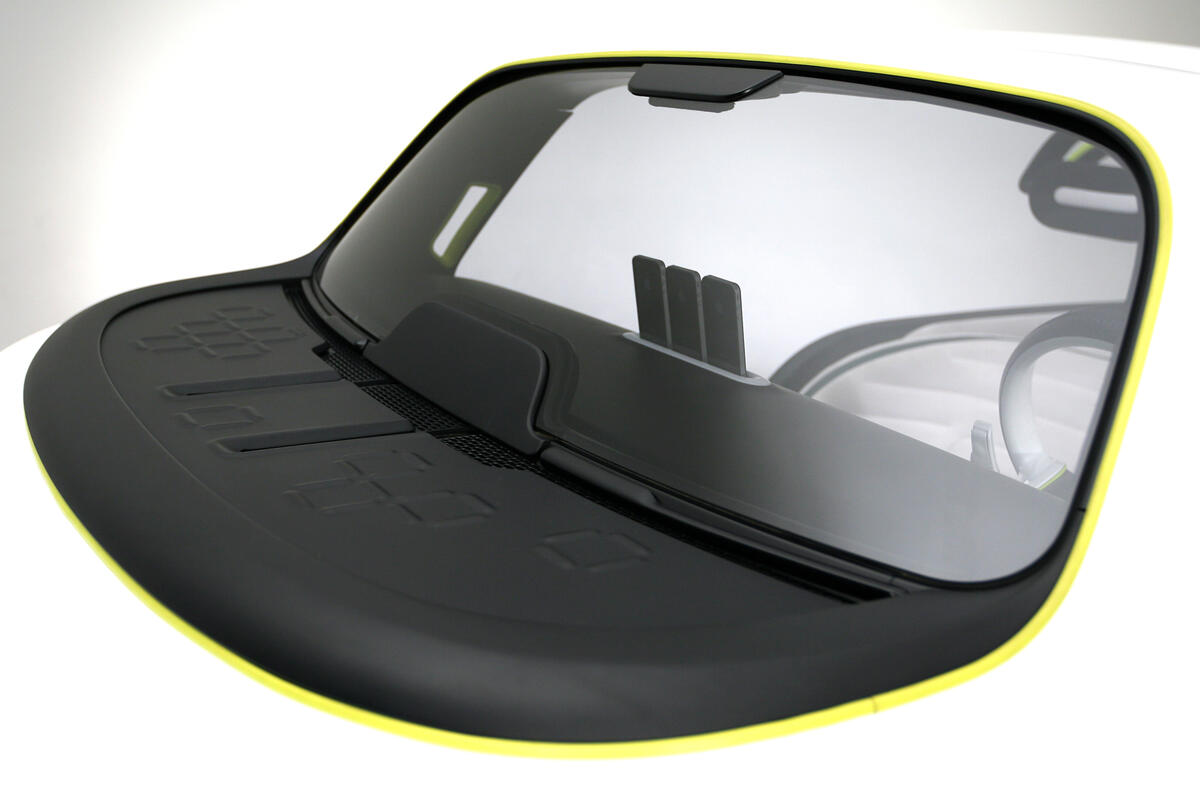







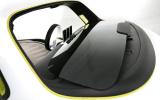

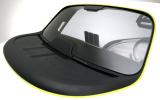



Join the debate
Add your comment
Re: Is there a future for minimalist cars?
I certainly think there's a market for minimalist cars.
A few years ago, due to a change in circumstances, I had to buy a 'cheap'n'cheerful' car in place of the Renault 19 16V I had.
Bought a low-mileage Fiesta Mk4 Zetec 1.25, without central locking, power steering, or electric windows, and it was absolutely brilliant. Utterly reliable, cheap as chips to run, and actually fun to drive (that 1.25 engine is a cracker). Only sold it because circumstances changed again, and I was able to afford something newer.
If someone came up with a modern equivalent of the basic R5, R4 or 2CV, I would imagine there'd be a huge market for them.
Re: Is there a future for minimalist cars?
LA, you raise an interesting point about the Nano. I thought the our cars report from one of the guys in the Indian edition was quite interesting, but what would you do with the Nano if you were Tata? Can you revamp it and make it desirable to primarily the local market, or have they missed the target and lost all the arrows? On a separate matter which has just occurred to me, it would be of interest to me to read from time to time, the staff car reports from other Autocar markets - not sure which ones they publish in other than India and Italy. I read the American mags from time to time and their long term tests are generally much longer and more useful, and interesting. However, car ownership and driving in the States seems a fair bit different to the Uk, so the contrast is fascinating. The parallels too. What do others think?
Re: Is there a future for minimalist cars?
I haven't time to go through all the posts right now - has anybody mentioned the Tata Nano?